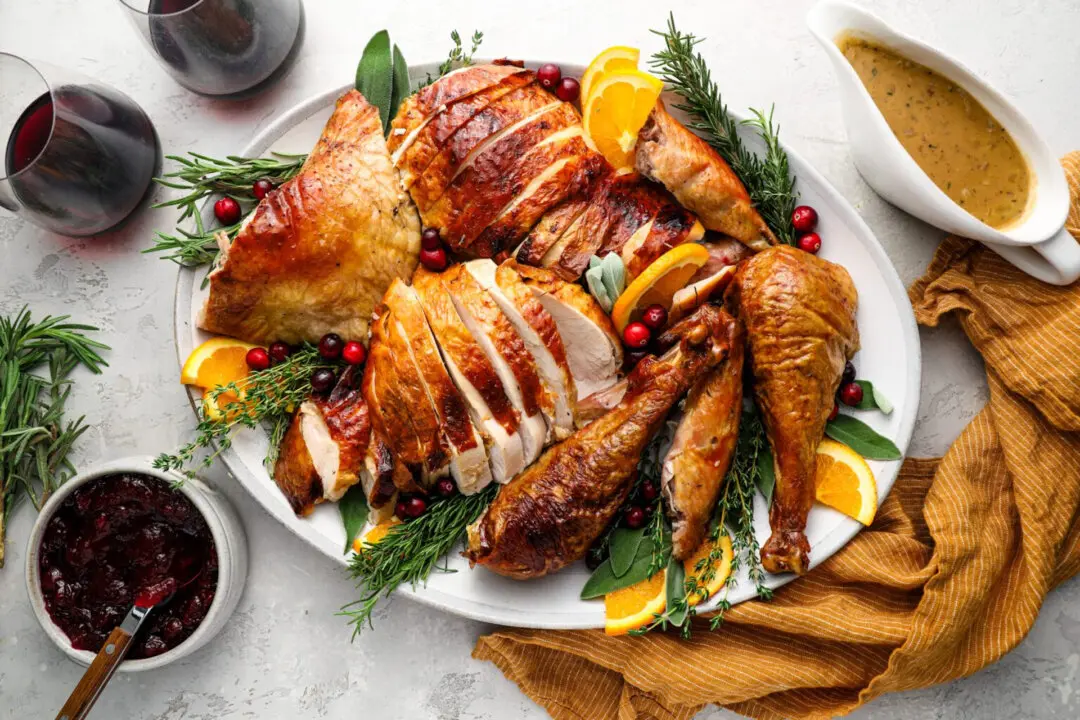Hungarian goulash has been around for centuries, originally made by Hungarian shepherds as a hearty meal cooked over an open fire. The word “goulash” comes from the Hungarian term “gulyás,” meaning herdsman. While the classic version is more like a soup, this version is thicker and boasts an incredibly rich flavor, similar to beef stew. The secret lies in searing the meat first and thickening the broth with a bit of flour. And let’s not forget Hungarian sweet paprika; it adds that smoky, slightly sweet warmth that’s essential to the dish.
Although it simmers for about three hours, this goulash recipe is mostly hands-off—just set it and forget it, and you’ll be rewarded with the most satisfying meal ever. Serve it over egg noodles or spaetzle, or pair it with crusty artisan bread or popovers, and don’t forget a dollop of sour cream for the perfect finishing touch!





